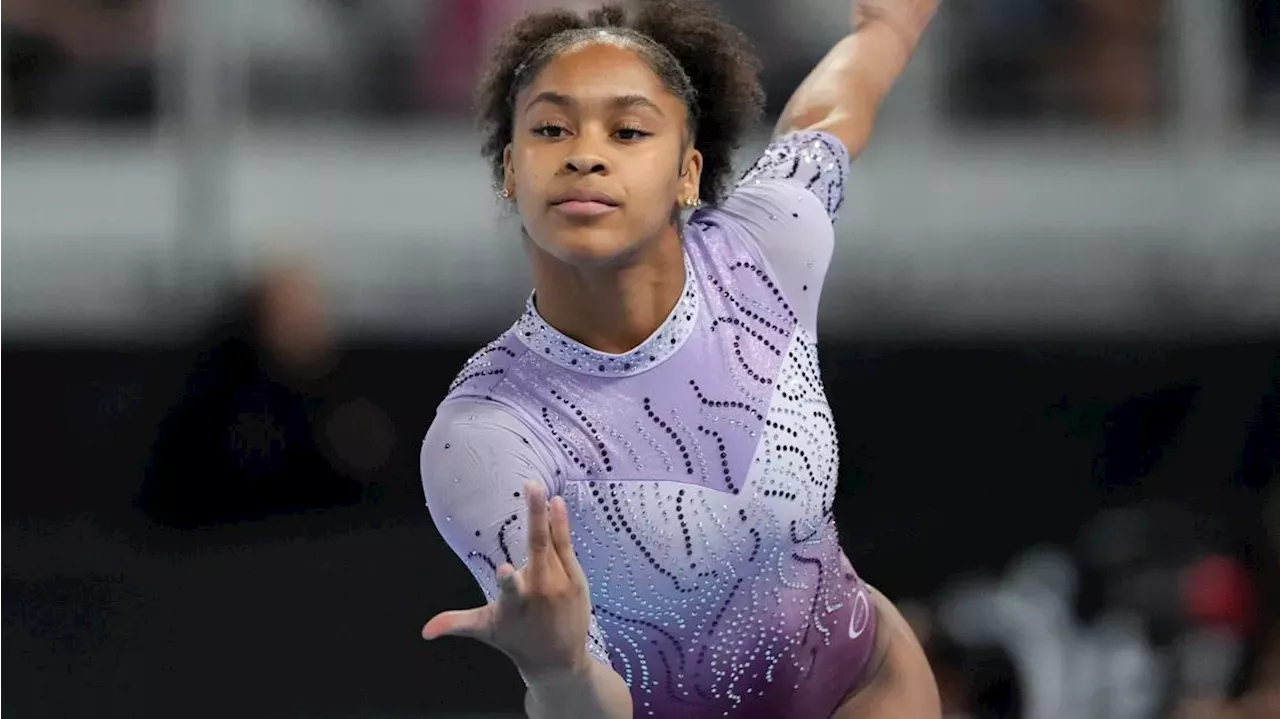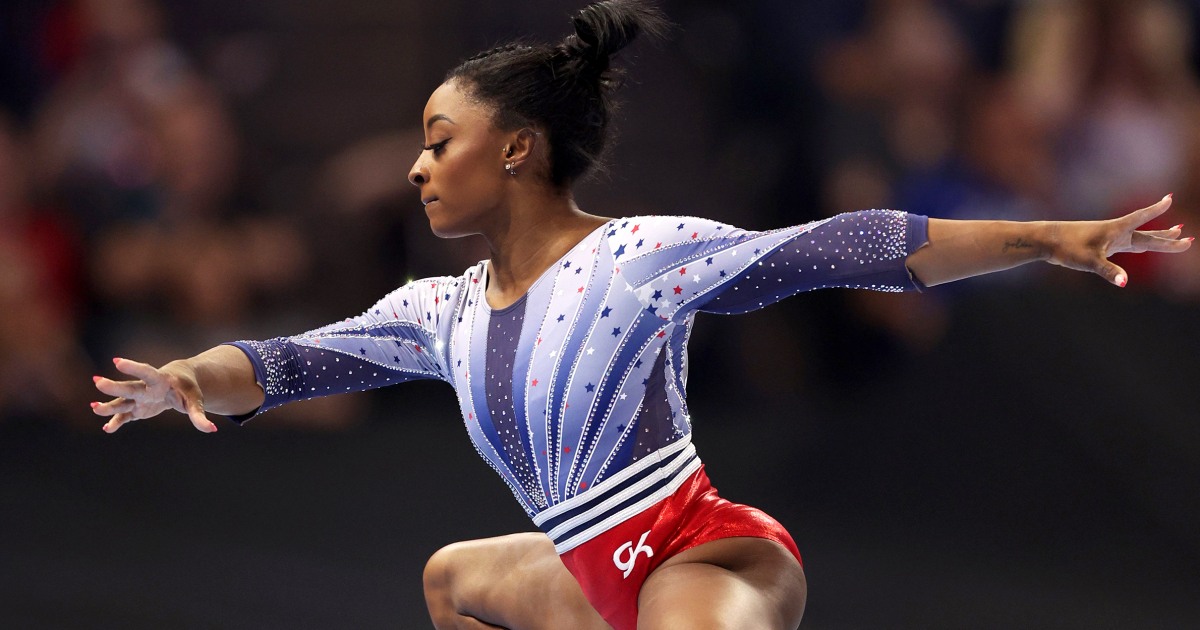Common Gymnastics Injuries
Gymnastics injuries – Gymnastics is a physically demanding sport that requires high levels of strength, flexibility, and coordination. As a result, gymnasts are at risk for a variety of injuries. The most common types of injuries include:
- Ankle sprains: Ankle sprains are the most common type of injury in gymnastics. They occur when the ankle is twisted or rolled, causing the ligaments to stretch or tear.
- Wrist fractures: Wrist fractures are also common in gymnastics. They can occur when a gymnast falls on an outstretched hand or when they land awkwardly on the beam.
- Knee injuries: Knee injuries are another common problem in gymnastics. They can include ACL tears, meniscus tears, and patellar tendinitis.
- Back injuries: Back injuries are also common in gymnastics. They can include strains, sprains, and herniated discs.
- Shoulder injuries: Shoulder injuries are also common in gymnastics. They can include rotator cuff tears, impingement syndrome, and dislocations.
The prevalence of these injuries varies depending on the level of gymnastics. For example, ankle sprains are more common in recreational gymnasts, while wrist fractures are more common in competitive gymnasts.
Gymnastics is a physically demanding sport, and injuries are common. Gymnasts often experience sprains, strains, and fractures. The gymnastics olympic trials results are just around the corner, and many gymnasts are pushing themselves to the limit in order to qualify.
This can lead to an increased risk of injury. It is important for gymnasts to take steps to prevent injuries, such as warming up properly and using proper technique. If an injury does occur, it is important to seek medical attention promptly.
There are a number of factors that contribute to gymnastics injuries. These include:
- Training intensity: The intensity of gymnastics training can increase the risk of injury. Gymnasts who train for long hours or at a high level are more likely to get injured.
- Technique: Improper technique can also increase the risk of injury. Gymnasts who do not use proper technique are more likely to put stress on their joints and muscles, which can lead to injury.
- Equipment: The equipment used in gymnastics can also contribute to injuries. For example, uneven bars can put stress on the wrists and shoulders, while the beam can put stress on the ankles and knees.
Prevention and Treatment of Gymnastics Injuries

Gymnastics is a demanding sport that requires a high level of physical fitness and coordination. As a result, gymnasts are at risk for a variety of injuries. These injuries can range from minor sprains and strains to more serious fractures and dislocations. While some injuries are unavoidable, there are a number of things that gymnasts can do to minimize their risk of getting hurt.
One of the most important things that gymnasts can do to prevent injuries is to warm up properly before each workout. Warming up helps to prepare the body for the strenuous activity that is to come. It also helps to increase flexibility and range of motion, which can help to prevent sprains and strains. Gymnasts should also make sure to cool down properly after each workout. Cooling down helps to reduce muscle soreness and stiffness, which can help to prevent injuries from developing.
In addition to warming up and cooling down, gymnasts should also make sure to stretch regularly. Stretching helps to improve flexibility and range of motion, which can help to prevent injuries. Gymnasts should also make sure to strengthen their muscles, which can help to protect them from injuries. There are a number of different exercises that gymnasts can do to strengthen their muscles, including weightlifting, plyometrics, and core exercises.
Gymnasts should also be aware of their own bodies and their limits. If they are feeling pain, they should stop exercising and rest. Ignoring pain can lead to more serious injuries. Gymnasts should also make sure to listen to their coaches and trainers. Coaches and trainers can help gymnasts to develop a safe and effective training program that will help them to minimize their risk of injuries.
Treatment and Rehabilitation of Gymnastics Injuries
If a gymnast does get injured, it is important to seek medical attention as soon as possible. A doctor can diagnose the injury and recommend the best course of treatment. Treatment for gymnastics injuries may include rest, ice, compression, and elevation (RICE), physical therapy, and surgery. The type of treatment that is recommended will depend on the severity of the injury.
Physical therapy can be an important part of the rehabilitation process for gymnastics injuries. Physical therapists can help gymnasts to regain range of motion, strength, and flexibility. They can also teach gymnasts how to perform exercises that will help to prevent re-injury.
In some cases, surgery may be necessary to treat a gymnastics injury. Surgery may be necessary to repair a torn ligament or tendon, or to fix a broken bone. After surgery, gymnasts will need to go through a period of rehabilitation to regain range of motion, strength, and flexibility.
The role of medical professionals, physical therapists, and coaches in injury management is essential. Medical professionals can diagnose and treat injuries, physical therapists can help gymnasts to regain range of motion, strength, and flexibility, and coaches can help gymnasts to develop a safe and effective training program that will help them to minimize their risk of injuries.
Recovery and Return to Gymnastics

The recovery process from a gymnastics injury is a complex one that requires patience, determination, and a comprehensive approach. It involves not only physical rehabilitation but also mental and emotional support.
Physical Challenges, Gymnastics injuries
Gymnasts face several physical challenges during recovery, including:
- Pain management: Injuries often cause pain, which can make it difficult to participate in rehabilitation exercises.
- Limited range of motion: Injuries can restrict movement, making it difficult to perform certain exercises or skills.
- Muscle weakness: Injuries can lead to muscle weakness, which can affect balance, coordination, and strength.
- Scar tissue formation: Injuries can cause scar tissue to form, which can limit flexibility and range of motion.
Mental Challenges
In addition to physical challenges, gymnasts may also face mental challenges during recovery, such as:
- Fear of re-injury: Gymnasts may be afraid of re-injuring themselves, which can make it difficult to return to training.
- Loss of confidence: Injuries can lead to a loss of confidence, which can affect performance.
- Frustration: Recovery can be a long and frustrating process, which can lead to discouragement.
- Boredom: Rehabilitation exercises can be repetitive and boring, which can make it difficult to stay motivated.
Returning to Gymnastics
Returning to gymnastics after an injury requires a gradual and carefully planned approach. Gymnasts should work closely with their healthcare team, including their doctor, physical therapist, and coach, to develop a safe and effective return-to-play plan.
The following steps are typically involved in returning to gymnastics after an injury:
- Gradual return to activity: Gymnasts should start by performing light activities that do not aggravate their injury.
- Progressive increase in intensity: As gymnasts tolerate the initial activities, they can gradually increase the intensity and duration of their training.
- Skill-specific training: Once gymnasts have regained their strength and range of motion, they can begin to practice specific gymnastics skills.
- Full return to competition: Gymnasts should only return to competition when they are fully recovered from their injury and have been cleared by their healthcare team.
Gymnastics, a sport of grace and power, can also be unforgiving to the body. Injuries are a common concern for gymnasts, especially those involving the wrists, ankles, and knees. Even elite gymnasts like Jordan Chiles, known for her impressive height , have faced their share of injuries.
Understanding the causes and prevention of these injuries is crucial for gymnasts to stay healthy and perform at their best.